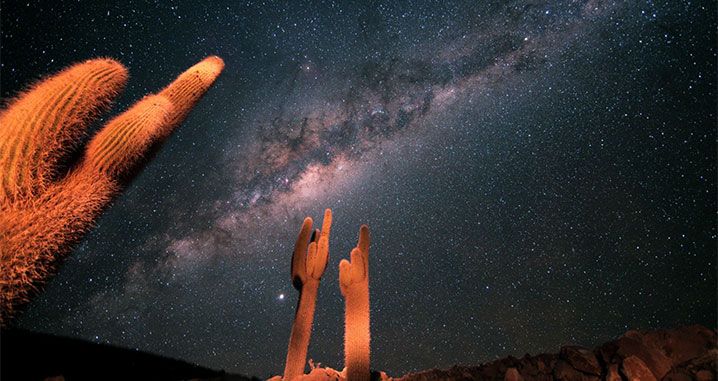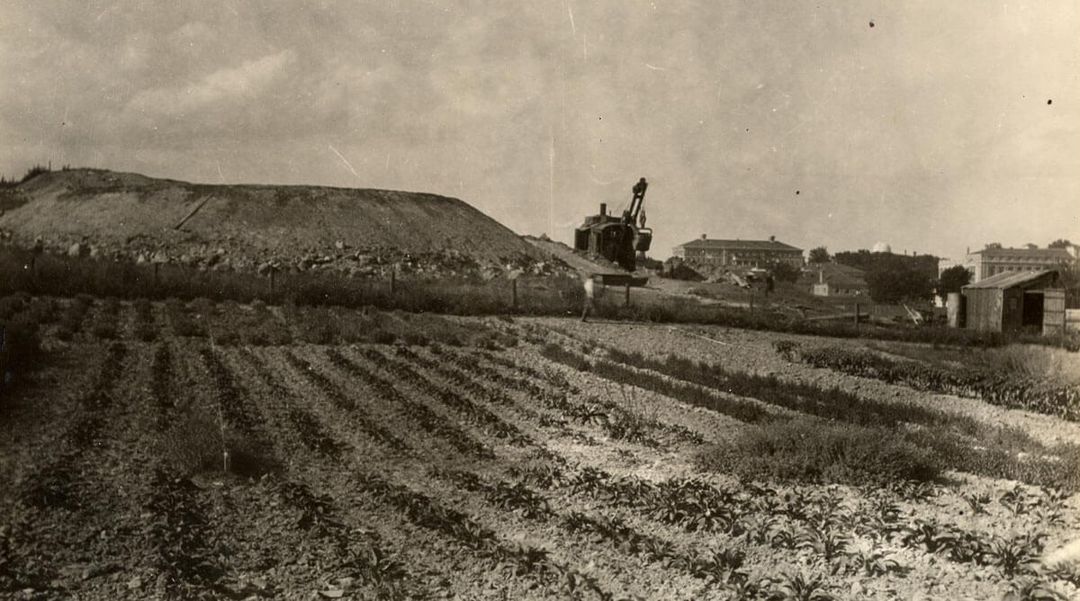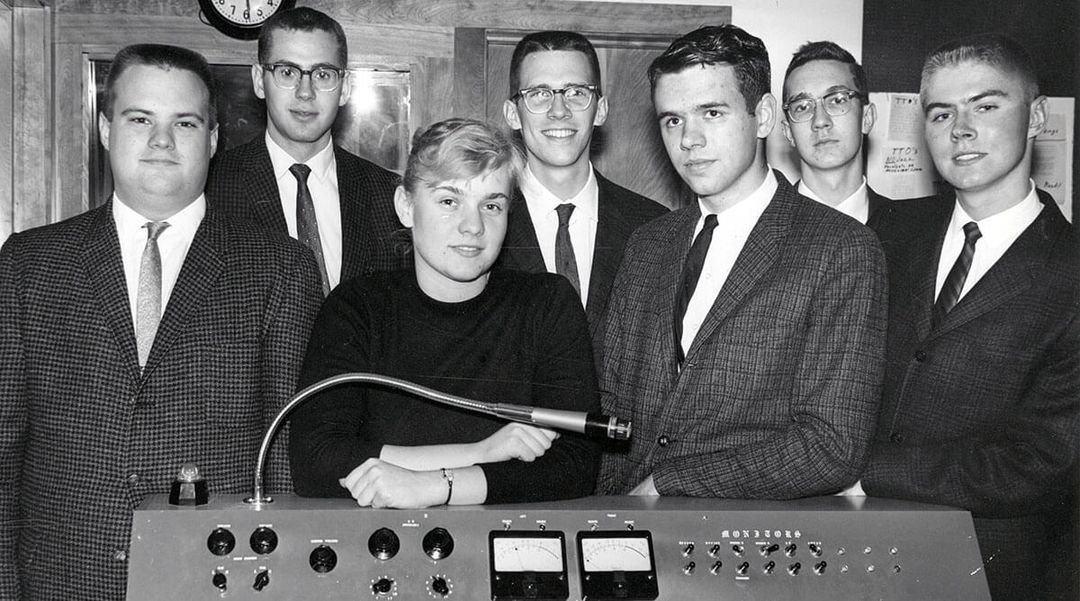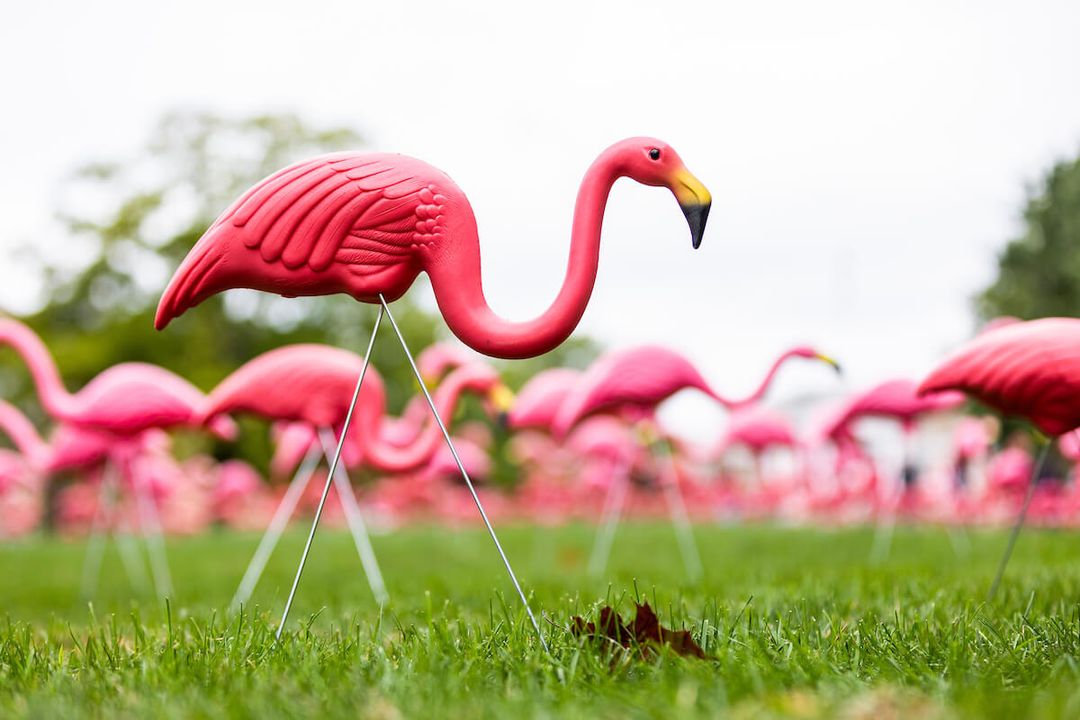A long time ago, in a galaxy near and dear to us, the University of Wisconsin was founded. And astronomy was one of the earliest scientific fields the UW explored. Today, the UW continues to boldly go where astronomy’s never been before.
Many of the university’s astronomical discoveries were made using telescopes – including these historic or scientifically significant observatories affiliated with UW-Madison.
5.) WIYN Observatory - Tucson, AZ
The WIYN Observatory is owned and operated by the WIYN Consortium, which consists of the University of Wisconsin, Indiana University, Yale University, and the National Optical Astronomy Observatories (NOAO). This partnership between public and private universities and NOAO is the first of its kind.
4.) Southern African Large Telescope (SALT) - Sutherland, Northern Cape province
The UW Astronomy Department is a major partner in the SALT telescope, and one of its major science facilities. SALT is the largest single optical telescope in the southern hemisphere and among the largest in the world.
3.) Pine Bluff Observatory - Cross Plains, WI
Built in 1958, the Pine Bluff Observatory is used by students and faculty of the University of Wisconsin for teaching and research in astronomy and provides a facility for testing new instruments. It hosts a 36-inch reflector in the main dome.
2.) IceCube South Pole Neutrino Observatory - South Pole, Antarctica
The IceCube telescope searches for neutrinos from the most violent astrophysical sources: events like exploding stars, gamma ray bursts, and cataclysmic phenomena involving black holes and neutron stars.
1.) Washburn Observatory - Madison, WI
Constructed in 1877, Washburn was one of the most important observatories west of the Appalachians at the time it was built. When first used, the 15.6-inch refracting telescope was the third largest in the nation, and remained in serious scientific use for the next 80 years. It’s now in use for observing instruction and public open house viewing.










